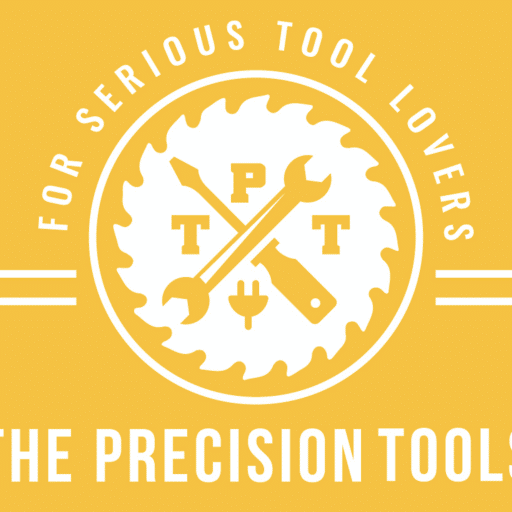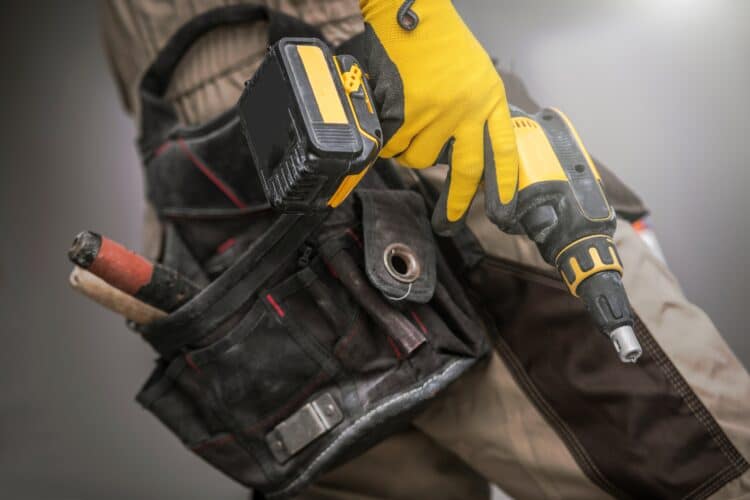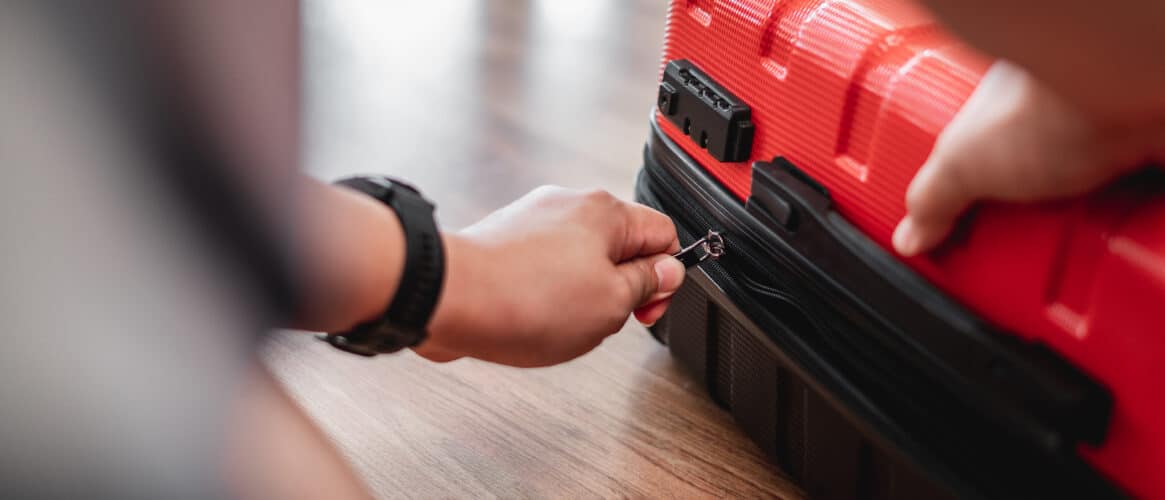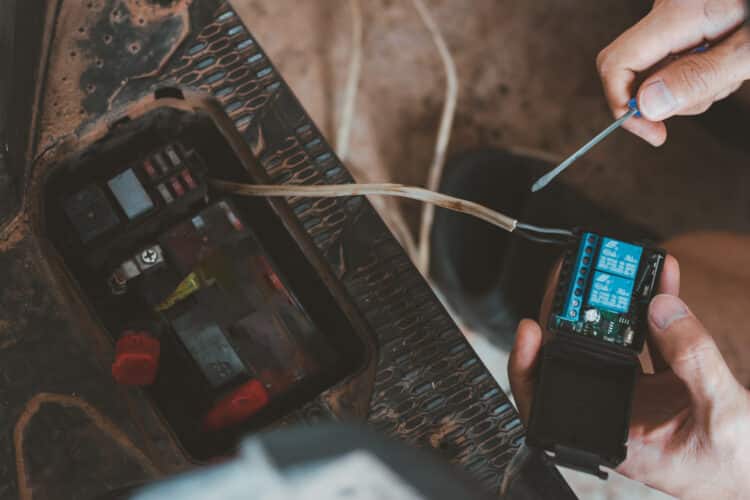What are the different types of claw hammers?
Claw hammers are versatile tools commonly used in woodworking, construction, and general household tasks. They are designed with a flat face for driving nails and a curved claw for removing them. While there are different variations of claw hammers available, they can generally be categorized into two main types: finish hammers and framing hammers.
Finish Hammers
Finish hammers are lightweight and ideal for tasks around the house. They typically weigh less than 20 ounces and have a smooth face for a clean finish when driving nails. The shorter handle, usually less than 16 inches, provides better control and precision. The curved claw is designed for easy nail removal without damaging the surrounding material. Finish hammers are commonly used for carpentry, cabinetry, and other fine woodworking projects.
Framing Hammers
Framing hammers, on the other hand, are heavier and built for heavy-duty construction work. They typically weigh 20 ounces or more, providing more power for driving large nails into hard materials. The longer handle, which can be up to 18 inches, allows for increased leverage and force. Framing hammers also feature a straight claw, which is better suited for prying apart fastened lumber. The milled face provides better grip on nailheads, reducing the chance of slippage during use.
Other Styles of Claw Hammers
In addition to finish hammers and framing hammers, there are several other styles of claw hammers available in the market. These variations cater to specific needs and preferences, offering unique features and benefits. Let’s explore some of these styles:
Anti-Vibe Hammer
The Anti-Vibe Hammer is designed with a “tuning fork” in the handle to dissipate impact shocks and vibrations, reducing strain on the user’s hand and arm. It features a rubber grip with a diamond-patterned texture for a secure hold and a “deer’s-foot” flare at the end to prevent slipping. The 14-inch handle provides good control and maneuverability.
Long Nose Hammer
The Long Nose Hammer, also known as a Japanese finish hammer, is slim and lightweight. It features an elongated neck, allowing users to keep their knuckles clear of the work surface. The sharply pointed, steeply sloped claws are specifically designed for extracting embedded nails. This type of hammer typically has a 14-ounce head.
Nail Starter Hammer
The Nail Starter Hammer, such as the Striker hammer, has a 21-ounce head permanently fastened to its fiberglass handle with epoxy resin. It features a groove in the head for magnetic nail holding, making it easier to start nails with one hand. The comfortable grip and 18-inch handle provide added control and power.
Two-Faced Hammer
The Two-Faced Hammer is a unique variation that features a titanium head, which is lighter and better at damping vibration compared to high-carbon steel heads. It comes with interchangeable steel faces, one milled and one smooth, allowing users to choose the desired grip and finish. This type of hammer typically has a 15-ounce head.
Weight Forward Hammer
The Weight Forward Hammer is designed for maximum nail-striking power. It has a 21-ounce steel head bolted to a lightweight fiberglass handle. The balance point is closer to the business end of the hammer, allowing for greater force when driving nails. The square face is particularly useful for nailing in tight corners.
Pulls Both Ways Hammer
The Pulls Both Ways Hammer is a versatile option that features a sideways nail-puller, an overstrike plate to protect the hickory handle, and a magnetic nail holder for easy one-handed starting. It has a 20-ounce head, providing ample power for various tasks.
Claw Styles
While the overall design of the claw hammer remains consistent, the shape and curvature of the claw can vary. A claw that curves back sharply toward the handle is better for pulling out longer nails with a single yank. Hammers with straight claws, on the other hand, are better suited for prying apart fastened lumber. Some claw hammers also feature side nail pullers, which provide greater leverage and help extract nails in tight spaces.
Related Websites:
FAQs:
Q: What is a claw hammer?
A claw hammer is a type of hammer that features a curved claw on one side of the head. It is commonly used for driving nails and removing them by leveraging the claw.
Q: What are the primary uses of a traditional claw hammer?
Traditional claw hammers are versatile tools suitable for various tasks such as driving nails, prying, and light demolition work. They are commonly used by DIY enthusiasts and professionals alike.
Q: What tasks are framing claw hammers best suited for?
Framing claw hammers, with their longer handles and heavier heads, excel in tasks related to framing and heavy-duty construction. They are ideal for driving large nails and framing lumber.
Q: What are the advantages of using a rip claw hammer?
Rip claw hammers are designed with a straighter claw and lighter weight, making them well-suited for tasks that require precision and control, such as pulling out nails without damaging the surrounding material.
Q: What are the main applications of a ball peen hammer?
Ball peen hammers, featuring a rounded peen and different types of heads, are commonly employed in metalworking tasks such as shaping, riveting, and striking punches and chisels.





